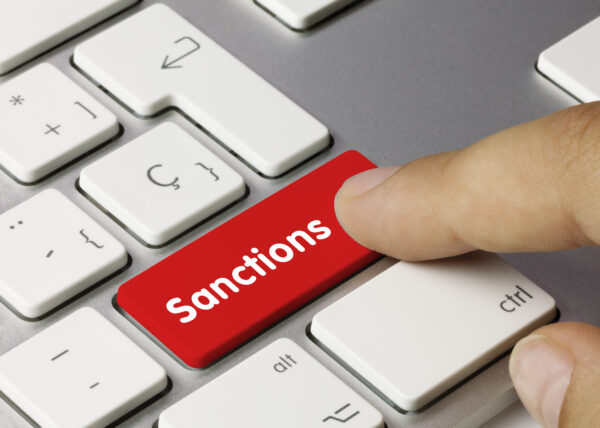Virginia Court of Appeals Reverses Record Verdict of $2 Billion, Stressing Damages Resulting From Misappropriation Must Be Proven Under Virginia Trade Secrets Law Sheppard Mullin Richter & Hampton LLP
The Virginia Court of Appeals issued a consequential trade secret ruling recently, reversing a multi-billion dollar damages verdict and finding that the court of trial committed several legal mistakes which improperly led the largest damages verdict ever in Virginia’s historical record. Pegasystems Inc. V. Appian Corp. No. The case, Pegasystems Inc. v. Appian Corp., No. 1399-22-4 involved two companies that are in the BPM industry. Each of them offers platforms that allow third-party business customers to create complex software applications by using “low code application development platforms.” Zou was able to access Appian’s platform via his employer, Serco. Serco is a government contractor and a partner of Appian, who licensed Appian’s platform. Zou gave Pega presentations demonstrating Appian’s platform, illustrating both its strengths and its weaknesses. Pega then used this information to improve their own platform, as well as to identify and capitalize upon Appian’s weaknesses. Appian later hired Pega’s former head for competitive intelligence, John Petronio as a consultant. He informed Appian of Zou’s “spy work” for Pega. Appian sued Pega and Zou for misappropriation of trade secret under the Virginia Uniform Trade Secrets Act (Code SS 59.1-336 et al.). (VUTSA). Appian claimed that Pega misappropriated trade secrets in three categories: (1) functions of Appian’s platform, which Pega used, (2) knowledge of weaknesses of Appian’s platform, which Pega exploited, and (3) access to Appian’s confidential documentation, including its user manual, to help Pega copy Appian’s strengths and exploit its weaknesses. Pega argued on appeal that Appian had failed to prove its trade secrets and failed to identify them in detail. They also argued that Appian did not take reasonable steps to safeguard them under the circumstances. The Court of Appeals disagreed with Pega, finding that (i) the record showed that Appian’s trade secrets were not generally known nor readily ascertainable, (ii) Appian provided considerable evidence at trial that it took careful steps to safeguard its secrets, including through employing “terms of use and license agreements,” restricting “access to documentation,” and using “firewalls,” all traditionally-accepted methods for protecting trade secrets, and (iii) that the record was largely devoid of Appian resellers making wholesale disclosures of the targeted information to prospective buyers. The appellate court was persuaded as well that the evidence showed that Pega used a “spy” to obtain access to Appian’s software and confidential “documentation.”
However, despite these findings regarding the trade secrets at issue, in reversing the jury verdict, the Court of Appeals found that the trial court improperly instructed the jury as to Appian’s burden in demonstrating damages causation from the misappropriation. The trial court instructed jurors to use a “burden shifting” approach, whereby, after proving a misappropriation, Appian would only have to “establish
the causation of damages.” . . The result was that Appian’s trade secrets were presumed to be the cause of all Pega’s sales, including product lines that didn’t use any information related to Appian’s claimed trade secrets. The instruction allowed Appian to use the entire amount of Pega’s revenue as damages. This removed any causal link between the misappropriation and the sales. The Court of Appeals determined that the erroneous instruction to the jury was at odds with “plain language” of VUTSA statutory texts, which placed the burden of proving damages for unjust enrichment caused by misappropriation upon the complainant. The Court of Appeals found that Virginia’s Uniform Trade Secrets Act, unlike the 48 other states’ versions, “expressly codified language clarifying that it is the complainant’s burden to “prove” damages.” This difference was viewed by the panel as a “deliberate” and “intentional” choice made by the legislature. The Court of Appeals also found that the trial judge erred by preventing Pega from presenting their own damages evidence. This error was consequential due to the court’s burden shifting instruction on damages. And, in view of the ultimate award in excess of two billion dollars, this error was not harmless, and instead “exponentially increased the likelihood of a runaway damages verdict that had no correlation to proximate cause.” The Court of Appeals concluded that the “complex trial ventured into uncharted legal waters and culminated in a multi-billion dollar damages award” which required reversal.
While the ruling is one on Virginia state law, and grounded in the particular text of the Virginia trade secrets statute, it nevertheless provides valuable broader instruction (and perhaps caution) on the very real consequences of jury instructions and evidentiary limitations in trade secret cases, including as to the important issue of burden of proof on damages. []






